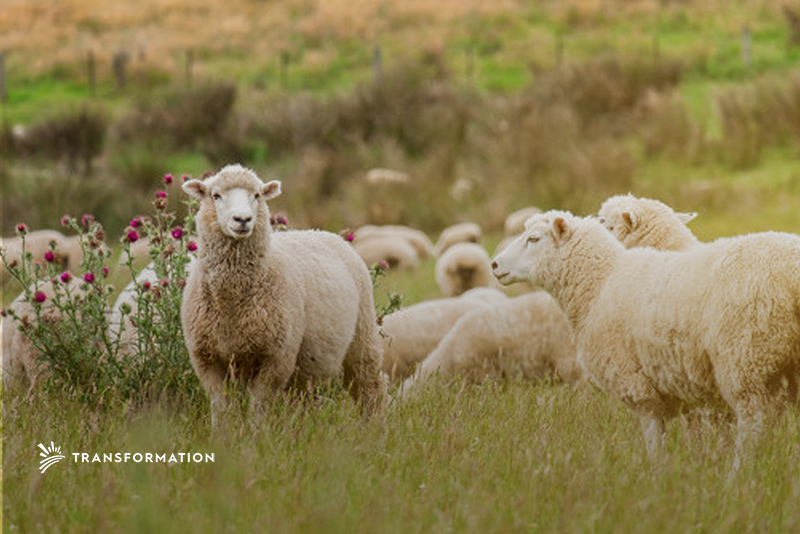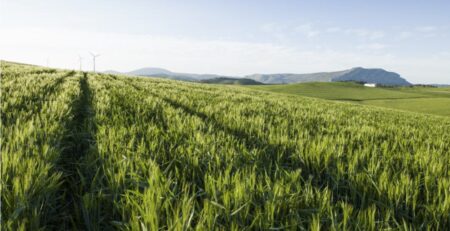Methods of Regenerative Agriculture: Managed Grazing
Livestock grazing comprises the largest single component of land use in the world today. Grazing covers over three billion hectares or twenty-five percent of the world’s land area. Due to poor grazing practices, the bulk of this land suffers from losses in plant productivity, soil carbon, and biodiversity of plant and animal communities.
Ruminants, animals with four-part stomachs, currently have damaging effects on the environment. However, with appropriate management, ruminant livestock can play a significant role in reversing environmental damages. At least one billion people globally depend on livestock to support their livelihoods, making it an important component to address both with people and the environment in mind.
Livestock products will continue to be necessary for the coming decades. Therefore, there is a need to implement widespread managed grazing practices that increase the sustainability of raising livestock.
Managed Grazing
Managed grazing is a regenerative land management system that enhances ecosystem function and net carbon sequestration. Carbon sequestration is the process of capturing and storing carbon dioxide in a carbon sink, like soil or water. This solution also supports biodiversity, soil stabilization, nutrient cycling, and water infiltration.
Overall, this climate solution results in increased resilience and ecosystem stability by replacing conventional grazing on grasslands, including rangelands and pastures. There are three managed grazing techniques to learn from:
Improved Continuous Grazing
Improved continuous grazing modifies the common grazing system and decreases the number of animals per acre. This grazing method has low input costs, low labor requirements, and allows livestock to choose what plants they wish to consume. This method is most effective in areas with abundant forage. However, too many animals continually grazing will reduce forage availability and quality, and animal growth.
Rotational Grazing
Rotational grazing shifts livestock to different pastures or paddocks (enclosed grassland), permitting recently grazed spaces to recover. Cattle are concentrated on a smaller area of the pasture for a few days then moved to another section of the pasture. This migration allows the grazed paddock a period of rest that permits forages to regenerate and ultimately improves yield. Rotational grazing requires more input and labor costs than continuous grazing because this system depends on fences, time to move cattle, and access to shade and water in each paddock.
Adaptive Multi-Paddock Grazing
Adaptive multi-paddock (AMP) grazing moves animals through smaller paddocks in a prompt succession to allow the land sufficient time to restore. The system is not prescriptive or scheduled but moves the animals based on how the land and ecosystem respond. AMP grazing is extremely adaptive and observant. The system imitates the natural pattern of compressed herds of wild ruminants moved regularly by the forces of food availability and predation.
Financial Potential
The shift from standard grazing practices to managed grazing has enormous implications for carbon sequestration and financial returns. With the adoption of managed grazing practices on a total of 502.1-749 million hectares, this solution can sequester 16.4-26 gigatons of carbon dioxide by 2050. The financial returns are considerable. According to Project Drawdown, on a US$33.6-52.9 billion initial investment, financial lifetime returns are US$2.1-3.4 trillion for net profit and US$640-1010 billion for lifetime operational cost.
Conclusions
Widespread implementation of managed grazing practices would be a considerable achievement for climate change mitigation through carbon sequestration. While this carbon sequestration does not reduce the colossal 10 gigatons of methane that is currently emitted on grazing land, Managed grazing does is an essential supply-side solution given that livestock is crucial for many livelihoods. Investors should invest in managed grazing practices to ensure a future for sustainable livestock production.




Leave a Reply